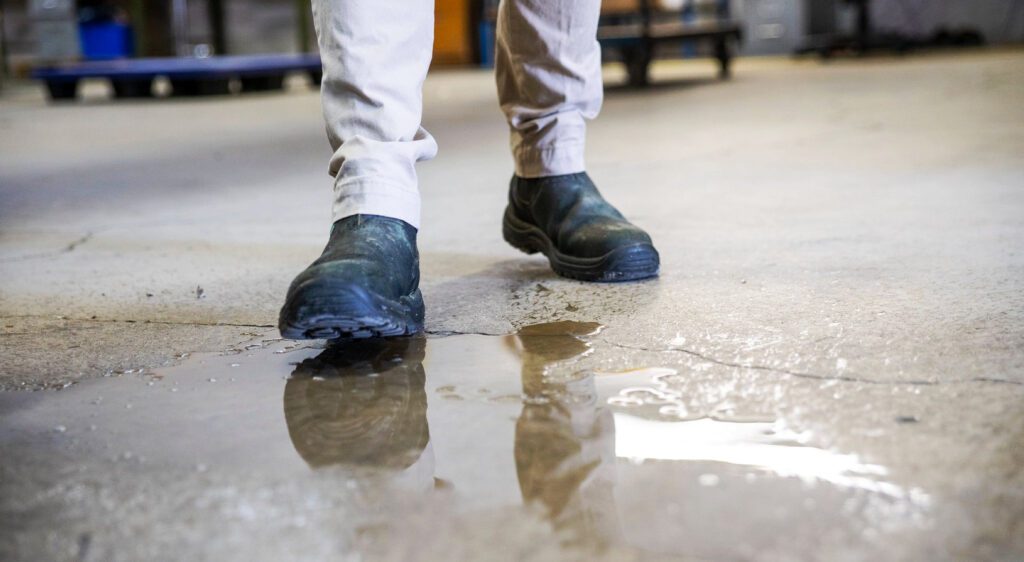Okay, so you’ve had a flood. Maybe the bathroom tap burst, or someone has left the plugin and went to the shops, and we are not judging.
Here’s what you need to do. First, clean up as much of the water as you can and do your best to fix or contain the cause of the flood.
Call a plumber or go to Bunnings; get that water contained. Here are some videos on YouTube that will teach you to fix a leaking sink pipe, a widespread cause of flooding in homes.
What to do After you’ve Cleaned up Water Damage in Your Home
Don’t pat yourself on the back yet. You’ve only cleaned up the water you can see. There’s still water in your walls and on the floors, and under the carpet. There’s water under the cracks in the stairs and sitting behind the skirting boards. This water will not leave by itself, and you need to extract it.Humid Queensland has the Perfect Conditions for Black Spot Mould.
The thing about mould is that it’s a fungus. Once you see it, that means it’s already established a root system deep in the wood, which is why it’s impossible to clean. Suppose you remove mould from one spot; that’s like cutting a stalk of bamboo. The mould will sprout again to the left or the right because you’re essentially trimming the mould. Mould is part of mother nature’s reclamation process. Believe it or not, mould releases odours that will attract ants and termites, and can you blame them? Mouldy wood is a nutrient-rich food source for all the creepy crawlies that see your walls as breakfast. Mould makes it more likely this guy will visit you.Will my Damaged Walls Dry Naturally?
It depends on the material that got wet. The types of flooding that causes the most problems are- Pipes bursting under the bathroom or kitchen sinks
- Toilets blocking up due to tree roots or foreign objects
- Leaving the plug in the drain hole and flooding the whole house.
- Carpet flooding







